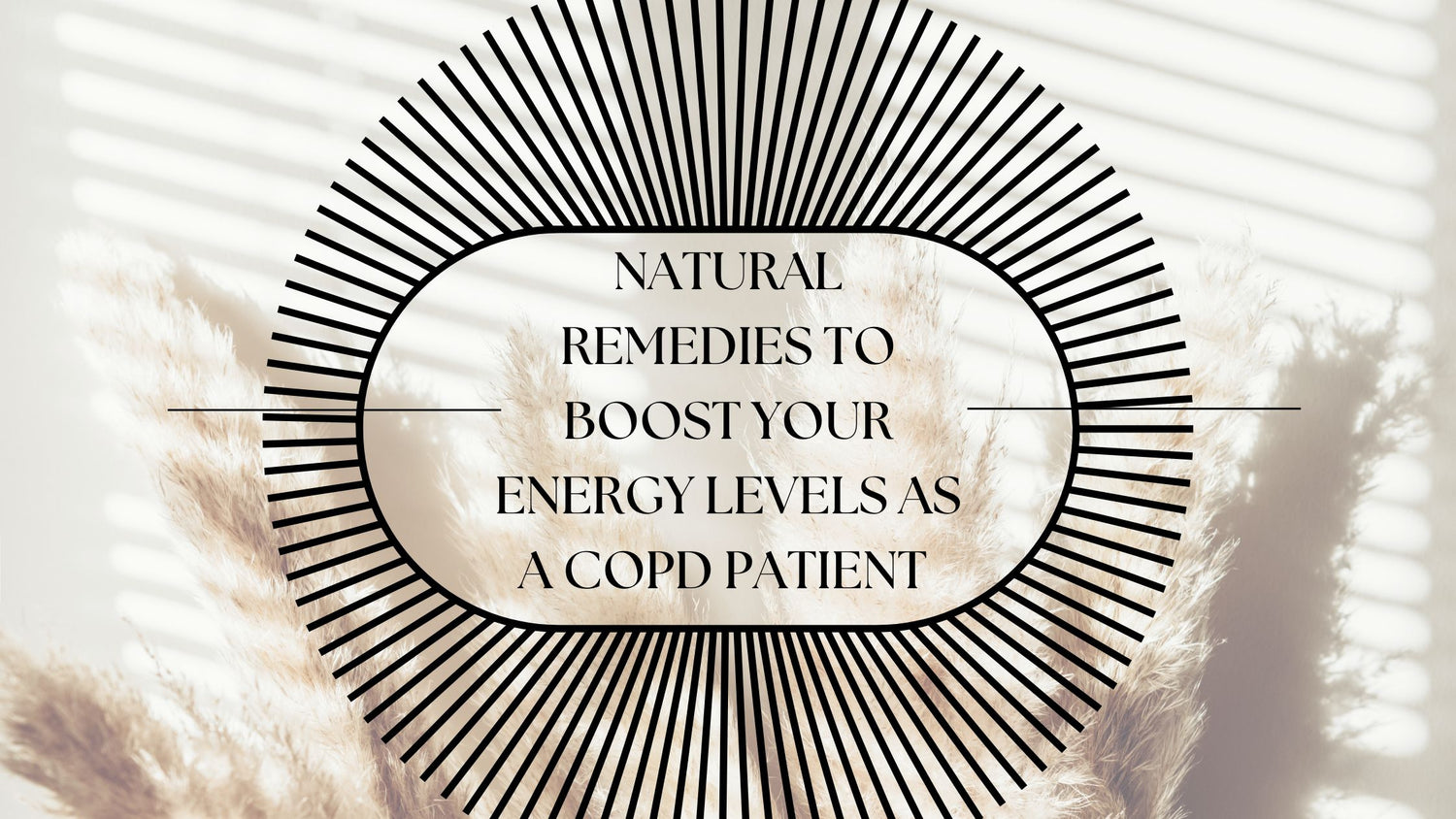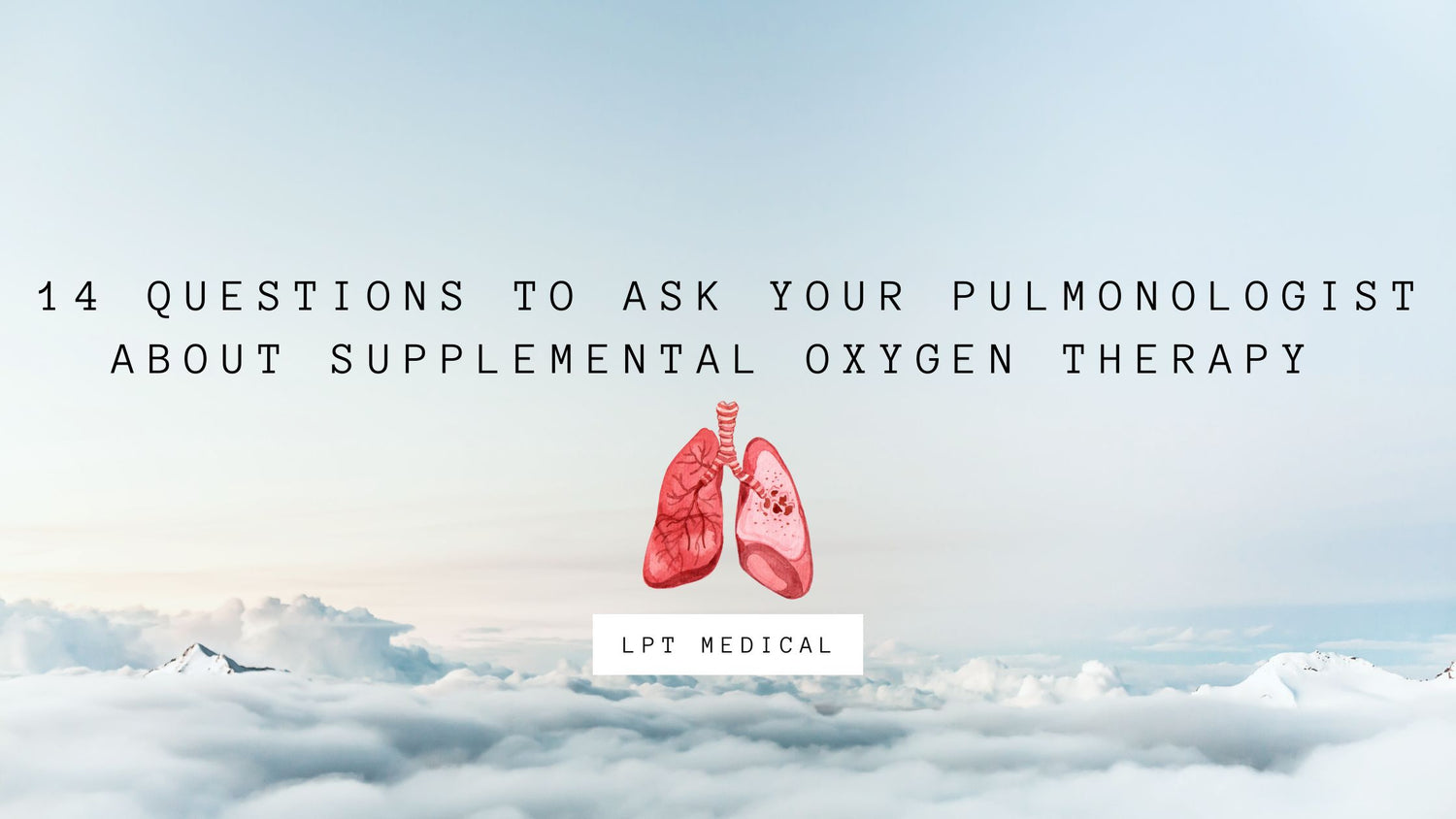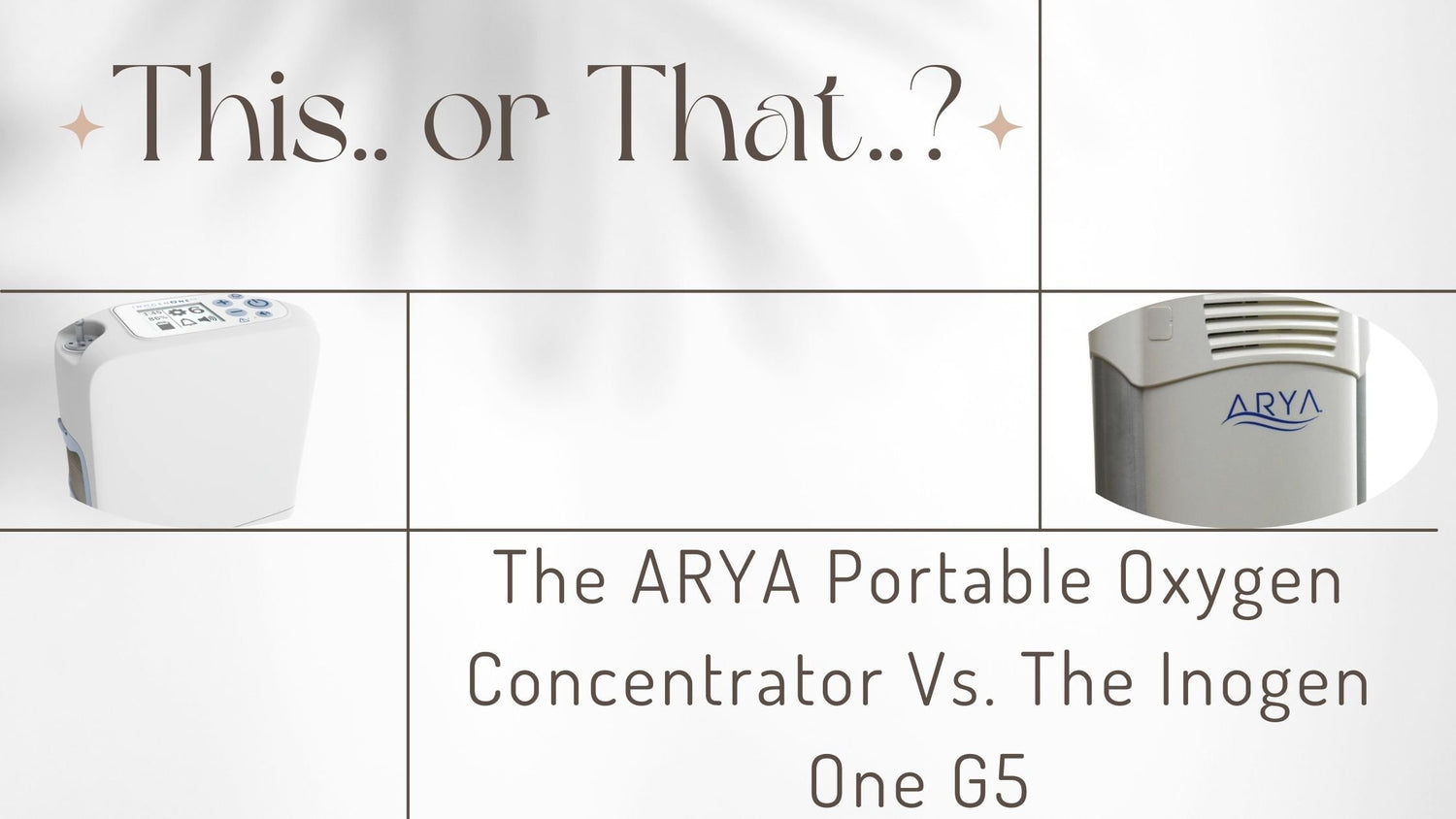Respiratory Resource Center - LPT Medical
Natural Remedies To Boost Your Energy Levels as a COPD Patient
There’s nothing worse than waking up in the...
Read More14 Questions to Ask Your Pulmonologist About Supplemental Oxygen Therapy
Supplemental oxygen is a type of medical therapy...
Read MoreThe ARYA Portable Oxygen Concentrator Compared to The Inogen One G5
We are offering a new product: the ARYA Portable...
Read More


